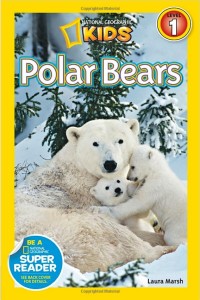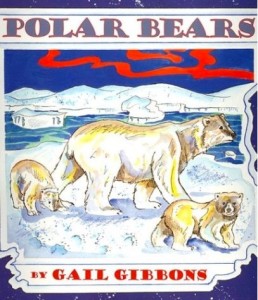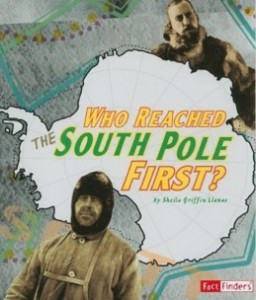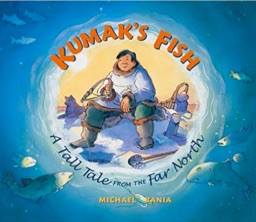Books about Polar Bears
Winter may be harsh in parts of the upper U.S., but in the Arctic Circle, temperatures can fall as low as 58 degrees below zero fahrenheit. While few humans or animals can survive in such extreme temperatures, Polar Bears are uniquely equipped to survive in the brutal cold. Here are some books to pique the interest of your readers:
- For Pre-School and First Graders
National Geographic Readers: Polar Bears
From the venerable nature experts at the National Geographic Society, this primer introduces young readers to notable facts about these furry creatures of the frigid Arctic Circle—a male polar bear, for instance, can weigh as much as seven adult men. Easy-to-read large print helps little ones move easily through words.
- For Grades 1-4
Polar Bears by Gail Gibbons
Get your early elementary readers interested in some fascinating facts about these creatures—how and what they eat, how they mate and care for their young. A polar bear catches a seal about every five days and are very strong swimmers. They can swim for hours at a time over long distances without needing a break.
Polar Bears International
This international non-profit provides resources and scientific reports on the Polar Bear, which been identified as ‘threatened,’ by the International Union for Conservation of Nature. PBI’s web site offers lesson plans for the classroom and activity ideas for students eager to learn more.
http://www.polarbearsinternational.org/for-teachers/units-and-lessons
Books about the Poles
The North and South Poles are among the most remote and most difficult places on Earth for humans to survive. And yet, people have been trekking to the Poles for more than 100 years.
- For Grades 1-4
Who Reached the South Pole First? Part of the Fact Finders Series from Capstone Press
In the early 1900s, the South Pole was the last, great prize for world explorers. Two men raced to get there: Norwegian Roald Admundsen and Robert Falcon Scott, an Englishman. Admundsen was the first to reach the South Pole on December 14, 1911, while Scott’s expedition reached it a month later on January 17, 1912.
Admundsen-Scott South Pole Station
The U.S. has had citizens living continuously on the South Pole since 1956. Today, Americans conduct research at the Admundsen-Scott South Pole Station, named in honor of the two early explorers. More information on the Pole and the work being done by researchers there can be found on sites maintained by the National Science Foundation.
https://www.nsf.gov/geo/plr/support/southp.jsp
http://www.nsf.gov/news/overviews/arcticantarctic/interactive.jsp
- For Grade 4
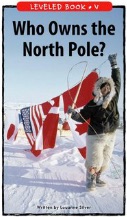 Who Owns the North Pole? From Learning A-Z
Who Owns the North Pole? From Learning A-Z
As the Arctic icecap continues to melt, this book covers the various countries looking to stake their claim to one of the farthest reaches on the planet. Russia has an active research station at the North Pole, as does the U.S., Canada, and India. Countries conduct important observations of the changing nature of the depth of the ice and sea levels at the pole—long thought to be a leading indicator of rising temperatures, worldwide.
Books about people who live in the Arctic
- For Pre-school to Third Graders
Kumak and his family live in a remote area of the Arctic by a large, icy river. He wants to make his family proud by catching and returning home with a fish for the family meal. The only problem: Kumak is terrible at catching fish! Along Kumak’s journey, children are introduced to the fishing techniques and rituals of the Inuit, native people of the Arctic who live by the Bering Sea. If children enjoy the journeys of Kumak, there are two more books in the series: Kumak’s River and Kumak’s House.
- For Pre-school to Third Graders
Building an Igloo by Ulli Steltzer
Intrepid documentary photographer Ulli Steltzer has taken photographs of Inuit and native people of the American southwest. In ‘Building an Igloo,’ she captures—in stunning black and white photos—an Inuit father and son working on their igloo. Igloos come in different sizes, the smallest are used as shelters during hunting trips. Made of snow and ice, they are precisely created with painstaking work.

